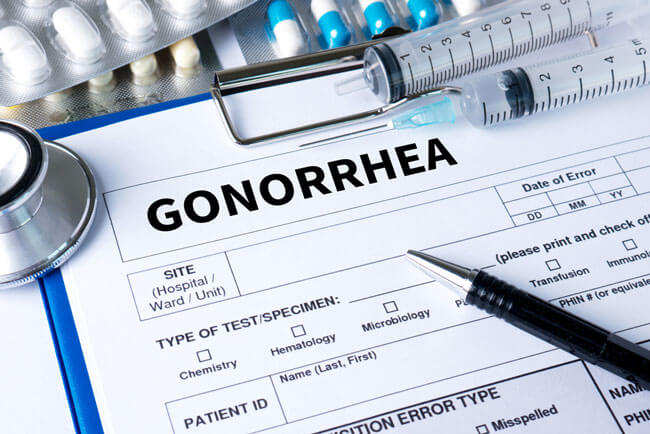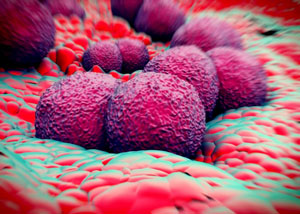Gonorrhea is an STD caused by the bacterium Neisseria gonorrhoeae, which can infect the mucous membranes in the reproductive tract, including the uterus, cervix, and fallopian tubes in women, and the urethra in men and women. It can also spread in the mucous membranes of the throat, mouth, eyes, and rectum.
The infection is spread by sexual contact with an infected partner. Note that gonorrhea can be transmitted even without ejaculation. It can also be contracted perinatally during childbirth. It’s very important to know that people never become immune to gonorrhea.
If left untreated, gonorrhea can cause numerous complications, including PID (pelvic inflammatory disease) in women and epididymitis in men, which can lead to infertility. When gonorrhea enters the bloodstream, it causes DGI (disseminated gonococcal infection), which can cause death. It is, therefore, very important to choose the best test for gonorrhea and take appropriate actions ahead of time.

Testing Solutions For Gonorrhea
When it comes to testing for gonorrhea, there are two options available. You can either take the nucleic acid amplification test (NAAT) or perform a gonorrhea culture.
NAAT is a test developed to detect the DNA of gonorrhea germs. It’s very precise and reliable and can be performed on urine samples or body fluids extracted from the potentially infected area.
 A gonorrhea culture is done to find the bacteria that causes the infection. It is performed on a sample of body fluid extracted from the urethra, cervix, rectum, throat or eye. The fluid is then added to a substance that promotes bacteria growth.
A gonorrhea culture is done to find the bacteria that causes the infection. It is performed on a sample of body fluid extracted from the urethra, cervix, rectum, throat or eye. The fluid is then added to a substance that promotes bacteria growth.
It’s rather simple from there; if the bacteria don’t grow, the test is negative. If the bacteria that cause gonorrhea start to grow, the test is positive. Additional “sensitivity testing” can be done to determine the best medication for treating the infection.
Gonorrhea testing features the following recommendations, which ensure the overall accuracy of the test:
- Do not urinate for at least an hour before your urine sample is collected, preferably two hours;
- Women shouldn’t douche or use any vaginal medicines, creams or sprays for 24 hours before the sample collection;
- Do not take any antibiotics before the test;
- If you’re collecting your urine sample at home, never wipe your genital area before you urinate and make sure to collect the initial part of your urine stream.
